LESSON 1 - Fabric selection
Permission was granted by C&T Publishing to use excerpts from the book and lesson plans for:
One-Block Wonders by Maxine Rosenthal.
For hexigons, you need 6 repeats of a fabric with wild, flowery or figured bold print. Make sure it contains colors YOU like because when cut up, it is creating a pallet of colors you will arrange like you would a watercolor quilt. For the process of learning, you might consider an inexpensive fabric with a short repeat to cut up just so you can work on the process before investing in a large amount of expensive fabric.
Things to consider in selection:
== Avoid lots of solid color background in the fabric. Too much plain background produces kaleidoscopes with no design and all one-color. You can discard the extras or undesirable hexagons or use them in the borders so dont worry if you have a few you donÂt care for.
==ï· Try for movement in the fabric design - flowers, animals, amorphous shapes. A flowing leaf will produce a more interesting kaleidoscope than a bare stick.
==ï· Avoid straight lines as in buildings, plaids or stripes. They are not as dynamic and they require much more precision when sewing. We do not intend to match up lines or anything in this project. It will be very forgiving.
==ï· Skip fabrics with an obvious repeat every few inches, to avoid repeats of exactly the same kaleidoscope - think VARIETY!
==ï· I like large floral or animal prints. It is interesting to see a kaleidoscope formed of fish tails or lion's noses or the tires of a car or even a cowboy's hand waving as he rides the bucking bronco.
==ï· It might be helpful, when shopping, to use 2 mirrors arranged in a 60ï° 'V' placed on the fabric to get a hint as to the kaleidoscopes it will form.
figure 1A
In figure 1A you see a wild, Oriental, multicolored fabric. It produced an interesting study of wild colors beyond what I would have imagined. Pick your colors carefully as they become your pallet. Figure 1 shows the resulting panel.
figure 1
Your fabric requirements:
You need six pieces of fabric with the same pattern repeat. A 24" repeat means you need 4 yards. A 12" repeat means only two. I walk up to the cutter, bolt in hand, and pull off six repeats and say "cut here". They look at you funny but who cares. When you have grey hair, you can get away with a lot!
I cut strips of 4" widths across the fabric, selvedge to selvedge. This is an arbitrary width you can vary on future projects but for this lesson, start with that. One strip of 4" across the width produces about 16 sets of 6 triangles. The pieced top in figure 1 is 24" x 31" (before border) and took 24 sets of triangles. So, with a 12" repeat that is cut across the fabric in 4" strips, you would get about 48 sets of triangles or 48 hexigons. Finished size of only one hexigon is about 6-1/2" across so you could figure about a 6" block each. To practice, you can cut any smaller amount to get down the procedure. You can buy much more and enlarge this process for a whole bed size. IÂve even mixed alternating triangles from three repeats just to practice. You could also use scraps and not worry about the match.
figure 2
For this project I have chosen an oriental red and black floral print with large, bold flowers. See figure 2. It has a long repeat (Fig 2A) but I wanted more to work with.
figure 2A
IÂll show photographs of each step from this point forward so you can see the resulting hexigons from this fabric.
IÂll publish lesson two next the week after youÂve had time to look at fabric. Feel free to e-mail me if questions come up. IÂll collect e-mail addresses as they come in and answer each or post to the forum if I think the question has value to the group at large. Just print the lessons off and save them if you donÂt have time to deal with this class right now.
Linda

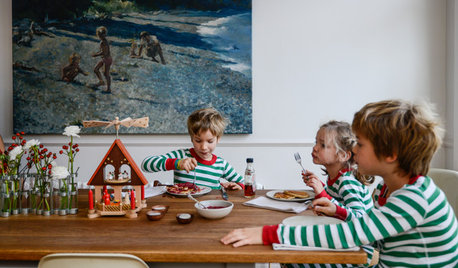
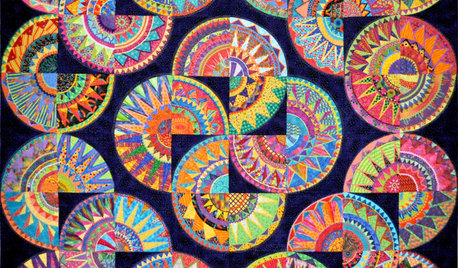
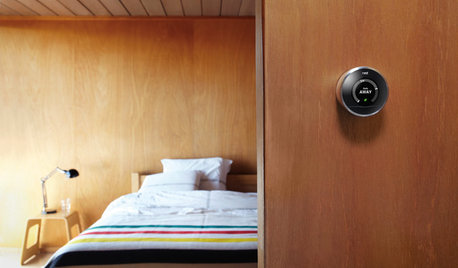


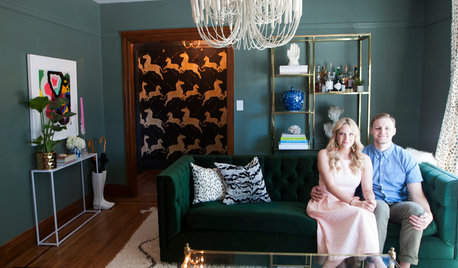

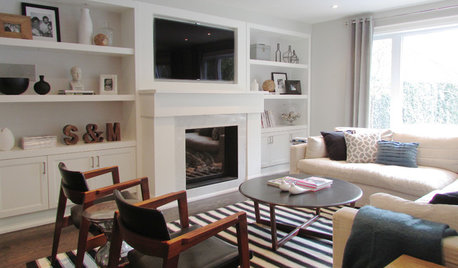
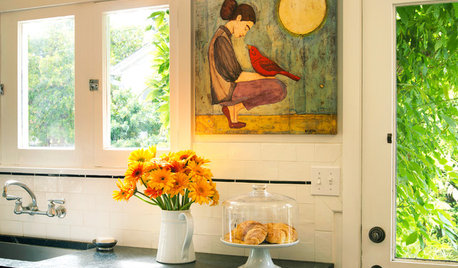







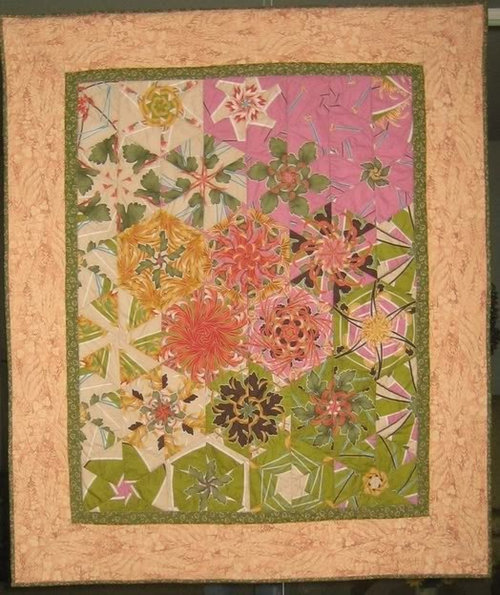

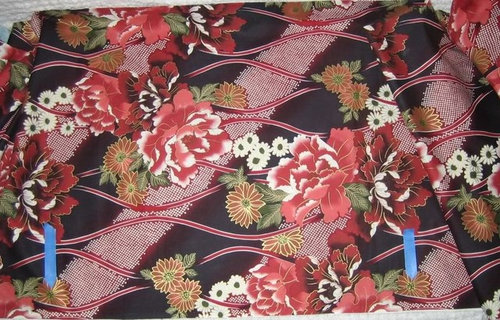


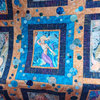
rosajoe_gw
lyndawn
Related Professionals
Duluth Furniture & Accessories · Huntersville Furniture & Accessories · Manhattan Furniture & Accessories · Phoenix Furniture & Accessories · American Fork Flooring Contractors · Hilton Head Island Flooring Contractors · Honolulu Flooring Contractors · Miami Flooring Contractors · Oakdale Flooring Contractors · Sacramento Flooring Contractors · San Carlos Flooring Contractors · Thousand Oaks Furniture & Accessories · Ventura Furniture & Accessories · Dumont Furniture & Accessories · Rancho Santa Margarita Furniture & Accessoriesgeezerfolks_SharonG_FL
idahoqltr
toolgrannyOriginal Author
ferrellee5
toolgrannyOriginal Author
mmenzel
toolgrannyOriginal Author
biwako_of_abi
toolgrannyOriginal Author